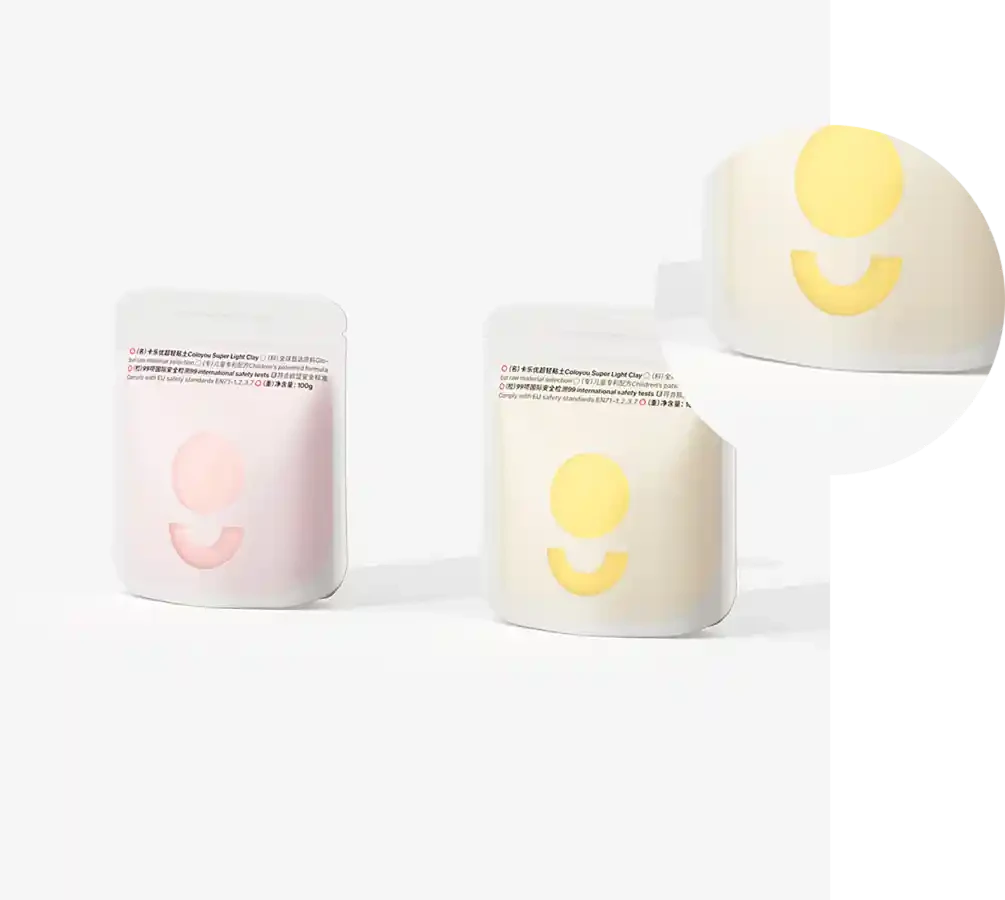- Afrikaans
- Albanian
- Amharic
- Arabic
- Armenian
- Azerbaijani
- Basque
- Belarusian
- Bengali
- Bosnian
- Bulgarian
- Catalan
- Cebuano
- chinese_simplified
- chinese_traditional
- Corsican
- Croatian
- Czech
- Danish
- Dutch
- English
- Esperanto
- Estonian
- Finnish
- French
- Frisian
- Galician
- Georgian
- German
- Greek
- Gujarati
- haitian_creole
- hausa
- hawaiian
- Hebrew
- Hindi
- Miao
- Hungarian
- Icelandic
- igbo
- Indonesian
- irish
- Italian
- Japanese
- Javanese
- Kannada
- kazakh
- Khmer
- Rwandese
- Korean
- Kurdish
- Kyrgyz
- Lao
- Latin
- Latvian
- Lithuanian
- Luxembourgish
- Macedonian
- Malgashi
- Malay
- Malayalam
- Maltese
- Maori
- Marathi
- Mongolian
- Myanmar
- Nepali
- Norwegian
- Norwegian
- Occitan
- Pashto
- Persian
- Polish
- Portuguese
- Punjabi
- Romanian
- Russian
- Samoan
- scottish-gaelic
- Serbian
- Sesotho
- Shona
- Sindhi
- Sinhala
- Slovak
- Slovenian
- Somali
- Spanish
- Sundanese
- Swahili
- Swedish
- Tagalog
- Tajik
- Tamil
- Tatar
- Telugu
- Thai
- Turkish
- Turkmen
- Ukrainian
- Urdu
- Uighur
- Uzbek
- Vietnamese
- Welsh
- Bantu
- Yiddish
- Yoruba
- Zulu
Understanding the Significance of PET in Plastic Production and Environmental Impact
Understanding PET The Meaning and Importance of Plastic in Our Lives
Plastic has become an integral part of our daily lives, and among the various types of plastic, Polyethylene Terephthalate (PET) holds a prominent position. Commonly recognized by its recycling symbol 1, PET is a thermoplastic polymer that is widely used in packaging, textiles, and even engineering applications. This article explores the meaning of PET, its properties, applications, and the broader implications of plastic in our modern world.
What is PET?
PET is a synthetic polymer that belongs to the family of polyesters, which are derived from the reaction of ethylene glycol and terephthalic acid. It is a lightweight, transparent, and strong material with excellent barrier properties, making it resistant to moisture, gases, and certain chemicals. These characteristics make PET an ideal choice for various applications, particularly in the beverage and food packaging industries.
Applications of PET
One of the most notable uses of PET is in the production of plastic bottles, which account for millions of tons of consumption globally each year. This wide-scale adoption is due to PET's ability to maintain the integrity and freshness of the contents, whether they are carbonated drinks or bottled water. Furthermore, PET can be easily molded into different shapes and sizes, providing versatility in design and function.
Besides packaging, PET is increasingly being utilized in the textile industry. Recycled PET, also known as rPET, is being transformed into fibers for clothing, carpets, and other textiles. This practice not only helps reduce waste but also promotes sustainability by repurposing materials that would otherwise contribute to landfill.
Recycling and Sustainability
pet meaning plastic

The environmental impact of plastic, especially PET, has become a significant concern in recent years. Given its widespread use, the accumulation of PET waste poses challenges for waste management systems around the world. However, PET is one of the most recyclable plastics available. It can be recycled multiple times without degrading in quality, making it a valuable component in a circular economy.
Recycling PET involves collecting used plastic products, cleaning them, and then breaking them down into small flakes or pellets. These materials can then be remanufactured into new items, significantly reducing the need for virgin plastic production and lowering the carbon footprint associated with plastic manufacturing. Efforts are being made globally to enhance recycling rates and improve the efficiency of recycling processes.
The Future of PET and Plastic
As global plastic consumption continues to rise, the conversation around sustainability and the responsible use of materials is increasingly important. Innovations in the production of biodegradable options and bio-based plastics are emerging as potential alternatives to conventional PET. Additionally, public awareness campaigns and government regulations are pushing for greater accountability from manufacturers regarding plastic waste.
Consumer behavior is also changing, with an increased emphasis on reducing single-use plastics and supporting products made from recycled materials. Through the collaboration of industry stakeholders, governments, and consumers, there is potential to foster a more sustainable future for PET and plastics as a whole.
Conclusion
PET is a significant player in the world of plastics, contributing greatly to various industries and consumer products. While it presents challenges in terms of environmental impact, its recyclability and utility cannot be overlooked. As innovation and sustainability practices evolve, the understanding and responsible use of PET can pave the way for a more sustainable future. By making informed choices and advocating for better recycling practices, we can appreciate the benefits of PET while minimizing its environmental footprint. Understanding PET means embracing its potential for improvement and sustainability, ensuring that the plastic we use today does not compromise the world we leave for future generations.













